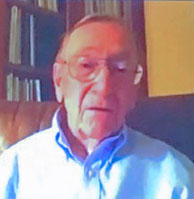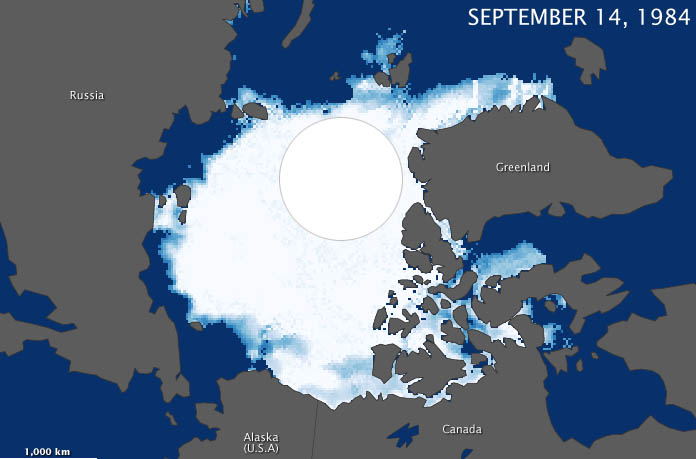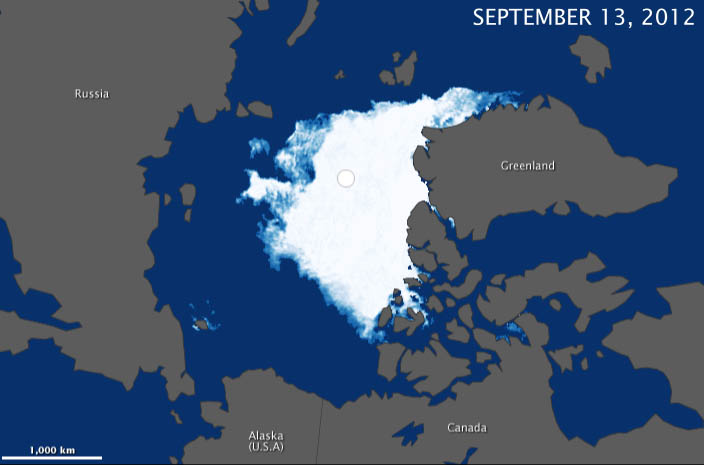
(3/22/2022)
Tom Day is an experienced public speaker who spoke with us by Zoom from his home in Stevenson Ranch, north of Los Angeles. He described scientific studies on the melting polar ice caps. The ice cap on the Arctic Ocean is always frozen during the winter when there is no sunlight, but in summer its area and thickness have been decreasing in recent decades according to satellite photos. Arctic surface air temperatures have warmed about twice as fast as the global rate, caused not only by rising greenhouse gas concentrations, but also by deposition of black soot (which absorbs solar energy) on the ice, from increasing wildfire smoke and industrial sources.


Tom showed how the melting Arctic Ocean ice does not change the water level, because it is already in the water. He compared that effect to Greenland and the Antarctic continent, where most of the ice is in glaciers above sea level. As they melt and shrink in size, they pour their water down into the ocean, which does increase the sea level, which is rising along shorelines around the world.
As the average size of the Arctic summer ice cap has been shrinking rapidly in recent decades, the dark sea water in summer absorbs much more solar energy than the white ice which reflects it off into space. A summertime ice-free Arctic has not existed in the last 700,000 years, but projections show progression to complete summer ice loss within the next ~15-45 years, causing increased solar energy absorption in the Arctic Ocean.

Thousands of square miles of melting permafrost are putting out massive amounts of methane, a potent greenhouse gas. (Permafrost melting is also destabilizing roads and buildings built on what was formerly solid ground in the Arctic.) Global seawater, which has been absorbing some of the carbon dioxide from the Industrial Revolution, is now absorbing less and spewing out more of its carbon dioxide into the atmosphere as it warms, like warming carbonated water does. All of these mechanisms are positive feedback loops which accelerate the speed of global warming and climate change, so the rate of change keeps increasing. These changes are compounded by environmental contribution by the increasing global population.
